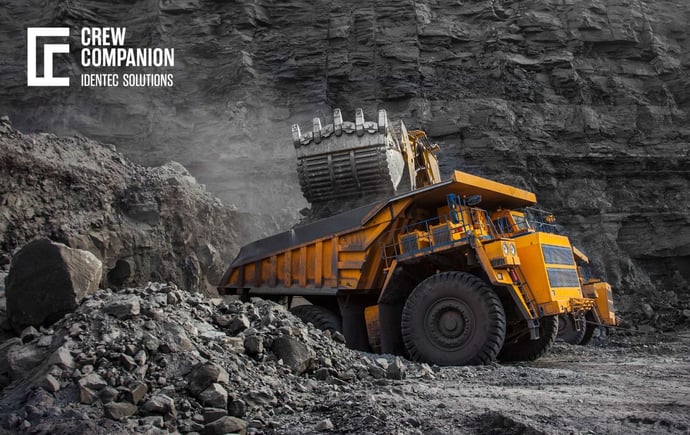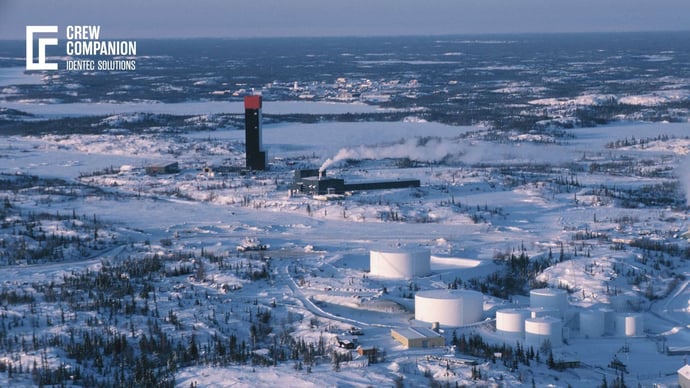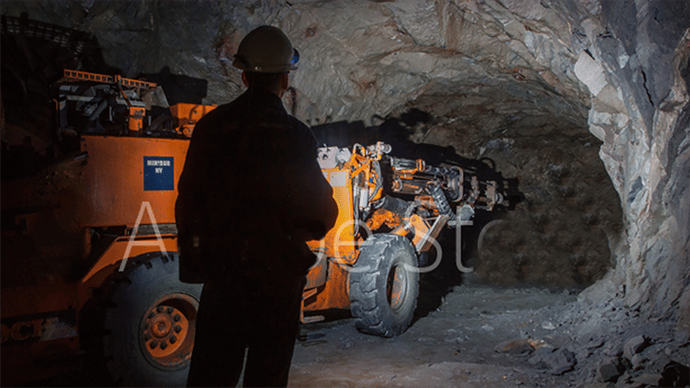Is Sustainable Mining Possible - Muda and the Modernised Mining Industry
| Written by Mark Buzinkay
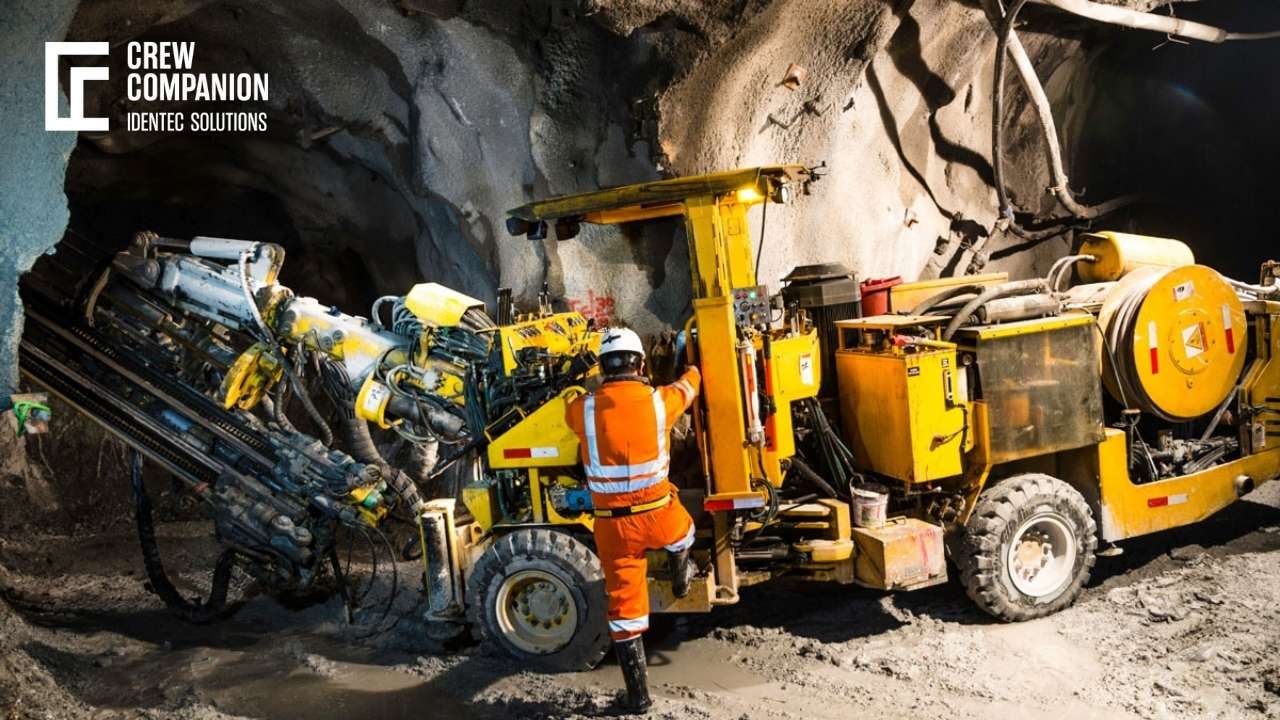
No video selected
Select a video type in the sidebar.
Modernisation is an absolute priority
When the leaders of nations declared at COP26 carbon-neutral emissions by 2050, most of us applauded. And the mining industry raised their eyebrows.
World-wide mining is nowadays confronted by environmental issues, depleting depots, deeper and more challenging exploration and growing costs. The COP26 announcement will catalyse the energy transformation and create immense demand for metal and non-metal resources. Can the mining industry keep pace and deliver to save 2050? The real test of the COP26 rhetoric will come from the industry's ability to innovate.
Further reading: Mine Risk Management
One of the challenges to increasing production at a high rate is the needed resources. Over the past century of grand-scale mining, the amounts of energy and water required to work the same quantities of rock have risen more than tenfold as the ores within have become more and more elusive. Mines are facing stark costs if they do not improve the efficiency of their mining. For example, companies experiment with processes that tolerate larger particles and, therefore, allow drier separation. Because crushing to a larger size, less energy is needed, and more throughput is generated. This decreases operating costs significantly. Additionally, operators are recycling "leftovers" and extracting precious materials even more effectively than from the original site. Muda (wastefulness), in the past, offers great potential for improvement.
What is Muda?
Muda is a Japanese term that is used to describe the practice of eliminating wastefulness and inefficiency in any process. The concept of Muda was first popularised in the 1950s by the Toyota Production System but has since become a core component of lean management practices used by many organisations. In the mining industry, it is used to reduce costs and increase efficiency by reducing production times, eliminating redundant tasks or processes, and generally improving processes. The aim of Muda is to ensure that resources are used in the most efficient way possible, thereby making sustainable mining possible.
Muda is a Japanese concept that refers to any activity or process that does not support the objectives of an organisation. This includes unnecessary steps, delays, waste of time and/or resources, and repetition of tasks. There are three main types of Muda present in the modernised mining industry: Mura (unevenness or inconsistency), Muri (unrealistic demands), and Mushi (overburden).
Mura is any irregularity or inconsistency in the process that increases the time and effort needed to complete a task. In the modernised mining industry, this could include the use of outdated equipment, long working hours, and inefficient operations.
Muri is when the demands placed on the process are unrealistic and cause a feeling of overwork or exhaustion. This could include excessive workloads, unreasonable deadlines, or unrealistic goals and expectations set by management.
Mushi is any extra work or burdens placed on the process or workers without any benefit. This is commonly seen with companies that require excess paperwork or are too focused on compliance rather than production.
By recognising and addressing these different types of Muda, mining companies can have a more sustainable operation. This will not only help them to remain cost-effective and competitive but also help to protect the environment and communities by reducing their negative impacts.
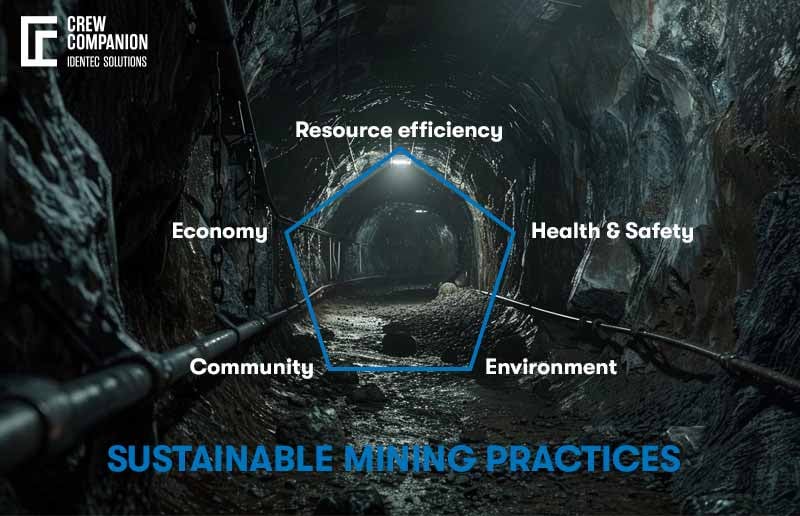
is sustainable mining possible? Modernise!
The modernisation of the mining industry has created an industry that is more efficient and sustainable than ever. Mining has often been seen as a destructive and unsustainable form of resource extraction, but with the advent of modernised mining techniques, the industry is looking to change its image.
Modernised mining focuses on reducing energy consumption and minimising the impact of resource extraction on the environment. By investing in clean energy sources and the latest technologies, the modernised mining industry is able to reduce the negative impacts of resource extraction and minimise its carbon footprint.
Muda also works to reduce mining's environmental impact by reclaiming mined land and restoring it to its natural state. This rehabilitation process reduces mining operations' impact on the environment and helps protect local wildlife.
The modernised mining industry also focuses on using technology to increase efficiency. Automation and robotics are used to increase the speed of mining operations and can help to reduce the number of people needed to work in the mining operation. This can reduce the need for manual labour and can help to reduce the risk of accidents and injuries in the workplace.
Autonomous haul trucks play a crucial role in open-pit mining, operating continuously to enhance efficiency and safety. By optimizing routes, these trucks reduce fuel consumption by 10% and boost productivity by 15-30%. Additionally, they lower the risk of accidents by 80%, according to GlobalData, a leading data and analytics firm. Their ability to function 24/7 without human intervention not only improves operational consistency but also minimizes downtime. As mining companies prioritize automation, these trucks contribute to safer, more cost-effective, and environmentally friendly mining practices, making them an essential component of modernized mining operations.
Overall, modernised mining is a much more sustainable approach to resource extraction and can help to reduce the negative impacts of mining. By embracing the latest technologies and investing in clean energy sources, the modernised mining industry can reduce the energy it needs to operate and minimise the environmental damage caused by resource extraction. The industry is working towards a more sustainable future by reducing its energy consumption, maximising efficiency and reducing its carbon footprint. (2)
Look for more mining industry trends here
More Safety
Safety standards have improved significantly as the mining industry seeks to move towards a more sustainable future. Mining operations have long been associated with risks and hazards, yet advances in technology and working practices have ensured that the industry is now committed to implementing stronger safety measures across all processes. This includes reinforced equipment, better training, and improved management systems to reduce accidents and injuries. These advancements have created a much safer workplace for miners, and have enabled the industry to reach new standards of safety, efficiency, and sustainability. Ultimately, improved safety standards have enabled a more sustainable future for the modernised mining industry.
Sustainable Practices
Sustainable mining is possible and is an extremely important factor in the modernised mining industry. This includes the implementation of Muda in the mining industry. Muda is a Japanese term meaning ‘wastefulness’ . The concept of Muda is focused on reducing or eliminating waste from processes and operations in the mining industry. By doing this, the mining industry can reduce their negative environmental impact and operate more efficiently. Muda can be applied to various aspects of mining, such as mining resources more effectively, reducing the amount of waste produced, and reusing materials when possible. This can help mining companies to become more sustainable and environmentally responsible. Additionally, sustainable mining also requires responsible environmental management. This includes minimizing waste, reusing resources, and using renewable sources of energy when possible. By incorporating sustainable practices into the mining industry, it is possible to create a more sustainable and responsible mining industry.
Older mines, sometimes abandoned, become interesting under such circumstances. Better mining technology enables deeper and more precise exploration, which in response leads to more efficient drilling and production. The life of ageing mines can be prolonged, and the operational impact on the environment minimized. As a result, investments include modern technology for more precise and safer minework, training workers, and a strategic shift towards sustainable mining.
Sensors, analytical models, digital twins are a few examples of innovative ideas in mining to improve efficiency and the decision-making process. Innovation is necessary to unlock also previously inaccessible resources, for instance under the ocean bed. Automation will help but is not here to replace human work. Instead, it will take over where work is dangerous or the human workforce unavailable (learn more about RFID in mining).
Ageing mines will be retrofitted with accurate and reliable safety systems. Such an investment must be flexible and modular, avoiding high costs by adapting the zone coverage concept.
Innovation creates opportunities. Precise technology and methodology can make old mines profitable again, supporting local communities with jobs and infrastructure.
Is sustainable mining also about waste management?
In 2006, the EU enacted legislation to protect mining activities, specifically aiming to regulate waste management in the drilling industries. This was a significant move towards better management of mine waste. The EU further refined its mining waste policies in 2009, introducing new regulations that included technical guidelines for setting up financial guarantees and classifying waste facilities. Given the growing global demand for minerals, both nations and companies must enhance their vigilance concerning waste management.
The mining waste management market categorizes waste into two categories: solid and liquid. In 2022, the Asia Pacific region led in mining waste production, generating 76.62 billion tonnes. China, responsible for more than 24% of global mining output, and Australia, which ranks second in terms of individual mining waste contributors, underscore the region's prominent role in waste production.
In the global view, mining waste management grew to 172 billion dollars at the beginning of the decade and is predicted to grow to 208 billion dollars in 2028, which gives a yearly growth of 2.7%. It's all about tailing offsets greenhouse emissions and technologies such as automation and sensor-using technologies (1).
FAQs
- What is retrofitting old mining by digital standards?
Retrofitting old mining by digital standards is the process of modernizing existing mining operations by integrating new digital technologies to increase safety and efficiency.
- What are the benefits of retrofitting old mining with digital standards?
Retrofitting old mining with digital standards can lead to improved safety, efficiency, and cost savings. It can also provide access to real-time data and analytics from the mining operation, which can help to make more informed decisions.
- How can I get started with retrofitting my old mining operation?
Getting started with retrofitting an old mining operation typically requires assessing the existing infrastructure, evaluating potential digital technologies that could be implemented, and creating an implementation plan. To ensure the best results, it is recommended to consult with a professional.
Takeaway
Modernising the mining industry is crucial for meeting the COP26 carbon-neutral emissions target by 2050. With environmental issues, depleting depots, and growing costs, the industry must innovate to keep pace. Muda, a Japanese term for eliminating wastefulness, can reduce costs and increase efficiency. By investing in clean energy sources and technology, modernised mining can reduce energy consumption and minimise environmental impact. Sustainable mining is possible by incorporating responsible environmental management and improving safety standards. Innovation creates opportunities, prolonging the life of ageing mines and supporting local communities.

Learn more about innovative and cost-efficient miner safety tracking systems.
Dive deeper, browse through our wide selection of articles and learn much more about miner safety!
Glossary
Robotics in mining – Robotics refers to the use of automated and intelligent machines in mining operations to enhance efficiency, safety, and productivity. Mining companies deploy various types of robots for tasks such as hauling, drilling, blasting, and exploration. These robots, including autonomous trucks, drilling robots, and robotic conveyor systems, optimize resource use while reducing operational risks. Equipped with advanced sensors and mechanical components, mining robots navigate complex environments, operate continuously, and improve precision. Their integration minimizes fuel consumption, increases productivity, and significantly enhances worker safety by reducing exposure to hazardous conditions in both surface and underground mining. (3)
Sources:
(1) https://www.mining-technology.com/features/environmental-waste-management/?cf-view
(2) https://www.mining-technology.com/analyst-comment/robots-mining-types-benefits/?cf-view
(3) https://www.mining-technology.com/data-insights/innovators-robotics-robotic-mining-mining/
Note: This article was updated on the 11th of February 2025

Author
Mark Buzinkay, Head of Marketing
Mark Buzinkay holds a PhD in Virtual Anthropology, a Master in Business Administration (Telecommunications Mgmt), a Master of Science in Information Management and a Master of Arts in History, Sociology and Philosophy. Mark spent most of his professional career developing and creating business ideas - from a marketing, organisational and process point of view. He is fascinated by the digital transformation of industries, especially manufacturing and logistics. Mark writes mainly about Industry 4.0, maritime logistics, process and change management, innovations onshore and offshore, and the digital transformation in general.
